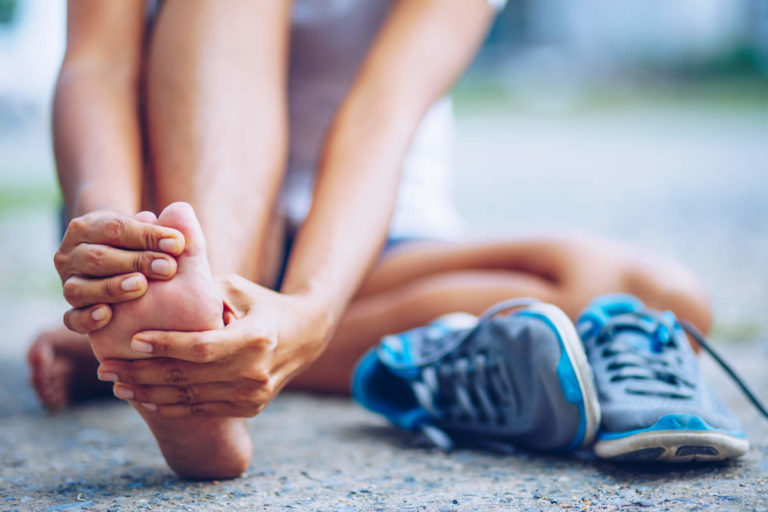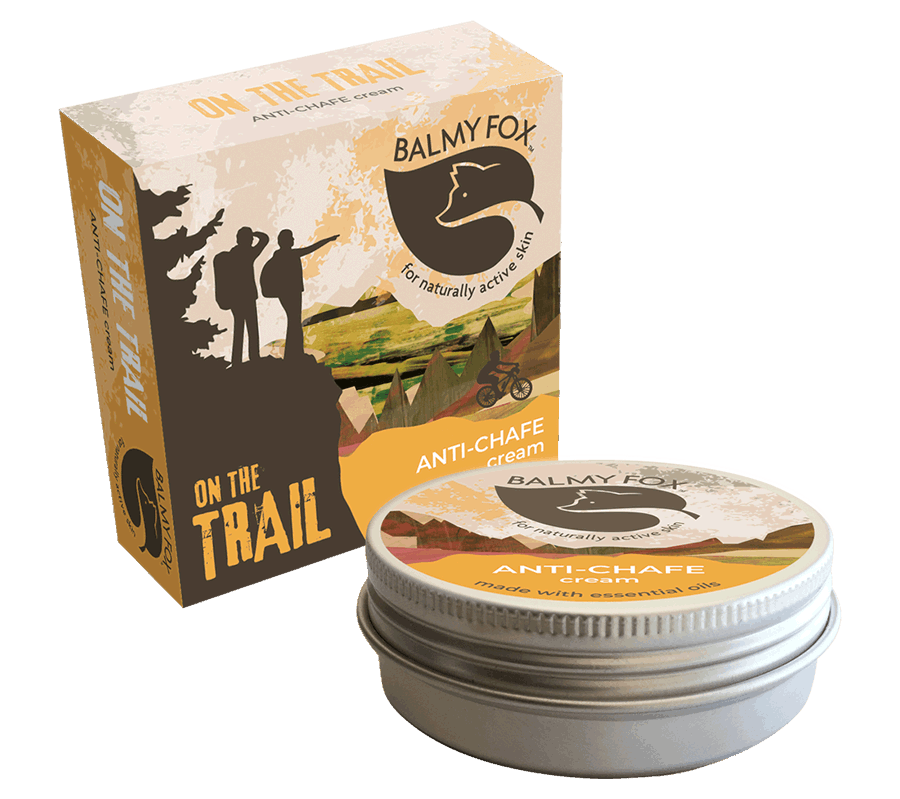
Do you have a goal of running a first race? If so, you’re in the right place! As someone who has experienced this milestone a few times, I can tell you that there’s so much to consider, from training and nutrition to gear and recovery.
My advice? Don’t let the task seem too daunting or intimidating. You can do this, and preparation is vital. Whether running a 5K or training for a 26.2-mile marathon, I’m here to help break down exactly what you need to know before lacing up your shoes and hitting the pavement.
From what kind of trainers to wear to how to tackle training and nutrition, let me be your guide as we explore all it takes to become champion athletes on race day!
It’s time to put your best foot forward and start training for your first race! Whether you’re aiming to run a 5K, 10K, or even a half-marathon, some essential training tips for beginners can help you reach the finish line feeling strong and confident.
First off, make sure you choose a running plan that fits your lifestyle and abilities. Start slowly with the right intensity to build up your endurance; giving yourself plenty of time to rest and get used to the running rhythm is essential. Alternatively, if you’re an experienced runner simply looking for an extra challenge, trying out a more demanding training plan with more mileage could be worth trying.
Secondly, remember to warm up and cool down after each run. That means beginning with dynamic stretches like high knees or butt kicks before running. Following each session, stretching again to reduce muscle tension before winding down for the day is essential; a few yoga poses will do the trick!
Fueling up before and after your first race is a good idea. That means getting the right balance of carbs, proteins, and fats in your diet to fuel your body for the race and recover afterward.
Before the Race:
After the Race:
We all know that running event training can be mentally and physically challenging. That’s why developing ways to stay motivated throughout your training is essential. Here are a few tips that can help you keep going until the day of the race:
Tracking your progress visually is a great way to stay motivated. Setting achievable goals, such as running 5 kilometers in one session or working your way up to running 10 kilometers, can help you stay on track and reach your ultimate goal of completing the race.
Finding people working towards similar goals is a great way to stay motivated. You can join an online or local running group or club and gain access to regular virtual or in-person meets, group races, and other activities that will make the process enjoyable.
No one said that training for a marathon had to be boring! Mix things up by taking different routes each run and listening to upbeat music that will make you want to keep going. Adding some fun elements will make keeping up with your program more manageable.
As a runner, taking care of your feet is essential to creating a positive training experience. Here are some tips to make sure you arrive at the starting line feeling fit and well-prepared:
First, buy shoes that fit snugly and are designed for running. You’ll be surprised at how much difference the right running shoe can make in comfort and performance.
Second, invest in some good quality running socks. Running socks should be moisture-wicking and breathable, so look for wool or polyester blends with mesh panels. This fabric helps keep your feet dry during sweaty runs and prevents blisters from forming.
Third, give yourself an occasional foot massage to alleviate any tightness or soreness in your feet or ankles. An easy way to do this is with a foam roller, which you can use to roll out any sore spots after your post-run stretching routine. It may feel strange initially, but it will help keep those muscles relaxed during your runs and afterward!
Runners – Soften Your Skin
Some runners are particularly prone to dry feet, which invariably leads to painful cracking feet. The solution is to use a moisturiser such as Balmy Fox Hand and Foot Repair Cream daily. Rub it into the skin until your feet feel soft and smooth. The best time to moisturize your feet is immediately after a bath or shower. “Applying moisturiser at that time will help retain some water from your shower.


If you are especially prone to blisters, try using an Anti-Chafe Cream skin or lubricant to cut down on the friction that causes blisters. These are heavier creams using a high level of natural oils, butters, and waxes, to protect and moisturise the skin.
Finally, wear gaiters or toe covers on a trail run. These protect your feet against mud, rocks, and other debris while keeping them warm during cold weather runs.
Muscle recovery is vital for runners, especially when preparing for a race. You’ll want to pick up a muscle recovery balm specifically designed for runners. It helps you get back to training faster by relieving fatigue and soreness. Plus, it will improve your performance in later runs.
How does it work? Muscle Recovery Balm (from Balmy Fox) is formulated with natural ingredients like menthol and eucalyptus that deeply penetrate the skin to help reduce discomfort, improve blood flow circulation, and promote faster healing. The menthol also provides a cooling effect that helps to reduce swelling and inflammation.
Here are some tips on how to use muscle recovery balm:
Running your first race is a thrilling experience, and it doesn’t have to be daunting. Start with small objectives and build from there. Track your progress, stay motivated, and don’t forget to celebrate! You can run your first race confidently with the proper training, nutrition, and foot care.
The key is to listen to what your body tells you and adjust accordingly. Remember to take breaks if needed and listen to your body. Developing a self-care routine, including muscle recovery treatment, is integral to your running journey. You will have a great experience when done right, and the accomplishment will be worth the hard work.
So, if you’ve been looking to run your first race, there is no better time than now to start. Get out there and make it happen!